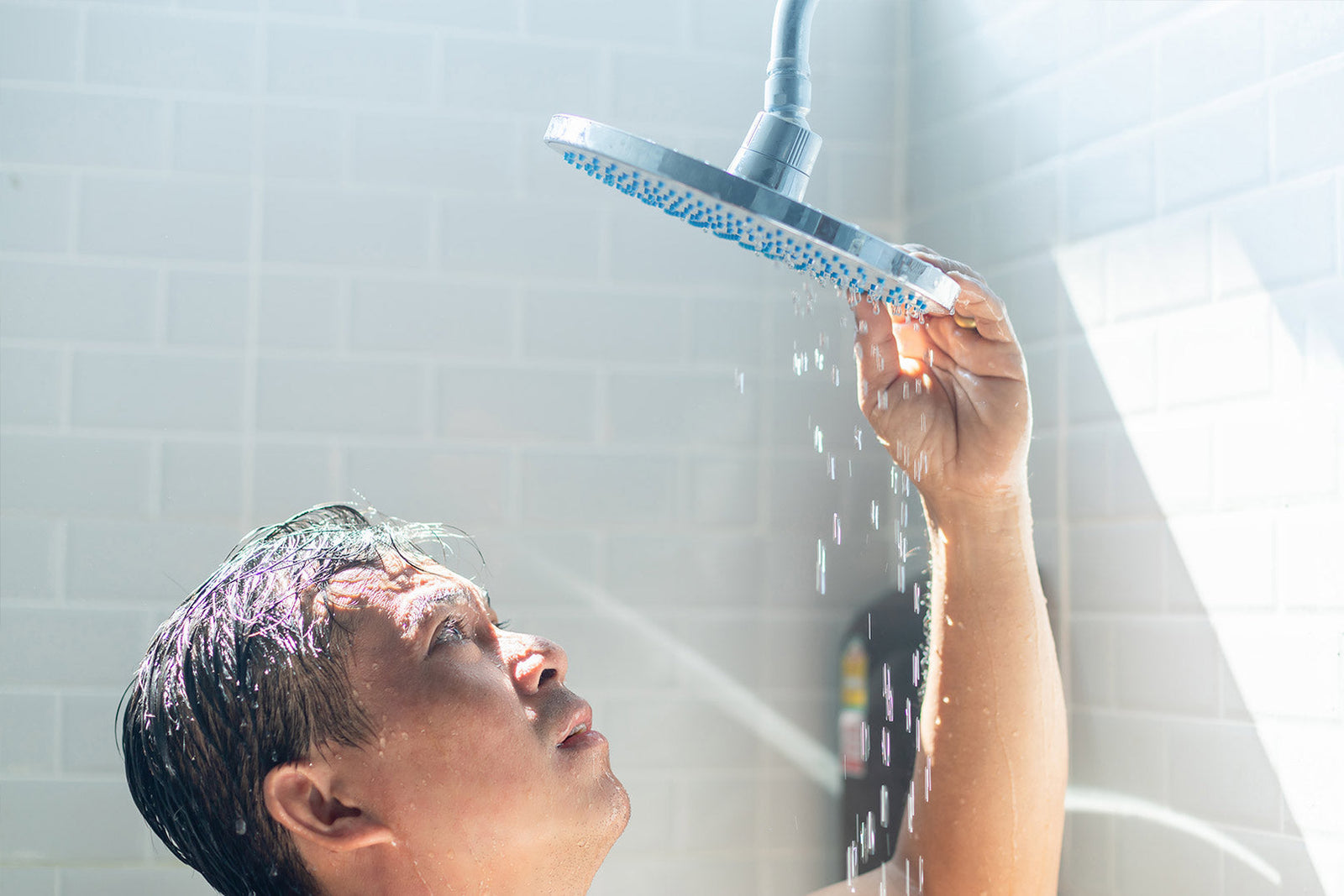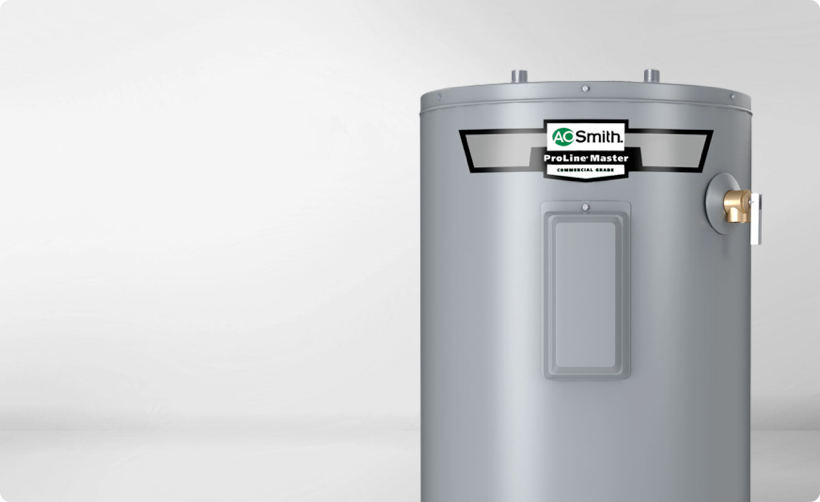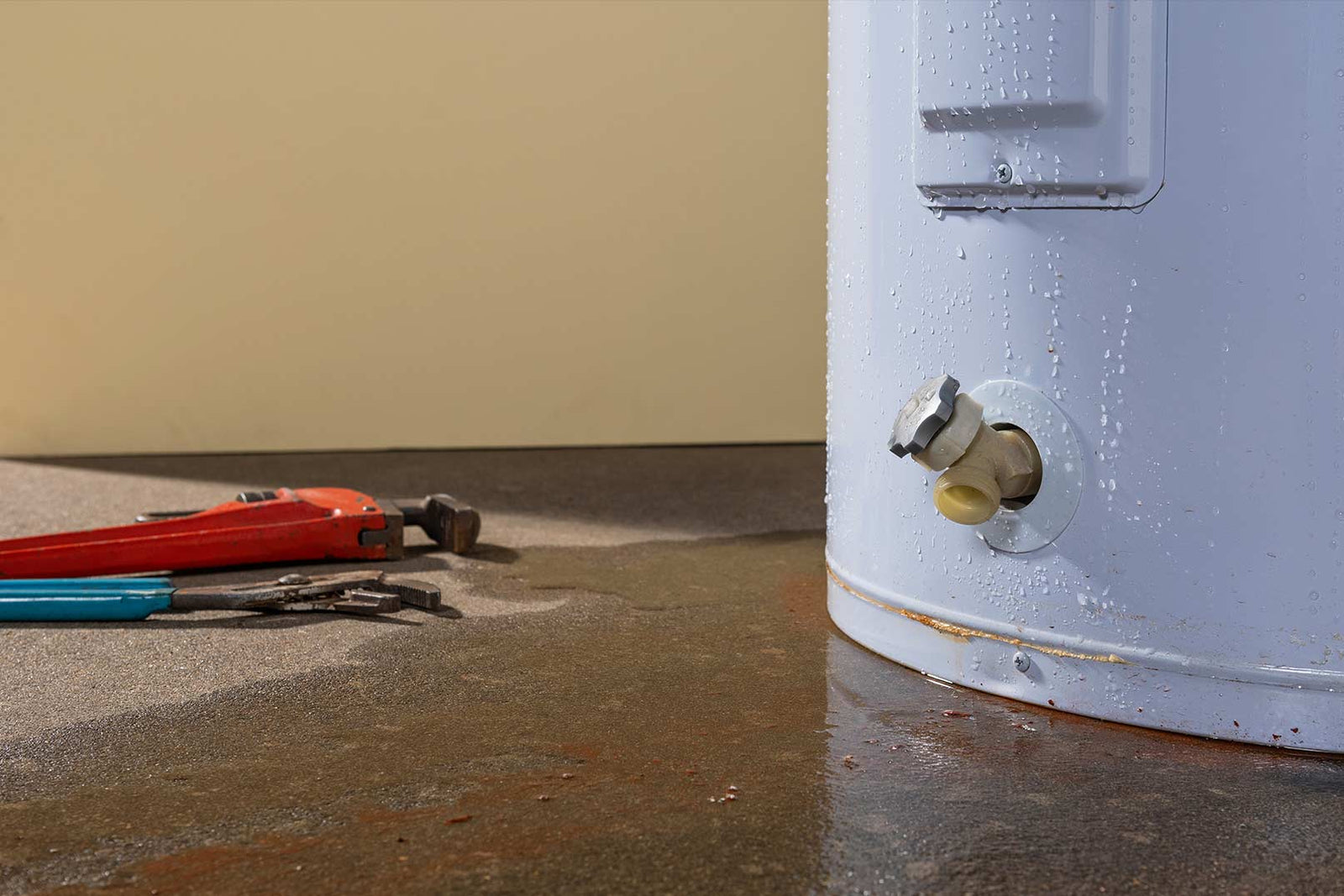
When your gas water heater stops working, it’s easy to jump to the worst-case scenario. Before you think about replacing your entire unit, it’s worth checking one of the most common components: the thermocouple. If your pilot light won’t stay lit or the burner won’t fire, you may have a bad thermocouple. At Parts4WaterHeaters, we help heating professionals and homeowners get their water heaters back up and running without unnecessary stress or expense by supplying them with high-quality replacement thermocouples.
Note: Working with water heaters involves serious safety risks. It is always best to work with a professional when inspecting or servicing your system to ensure your safety and the proper functioning of your equipment.
What Is a Thermocouple and What Does It Do?
The thermocouple is a safety device found in many gas-powered water heaters. Its job is to detect whether the pilot flame is burning. When the flame is present, the thermocouple signals the gas valve to stay open. If the flame goes out or the thermocouple fails, the signal stops – triggering the valve to close and cut off the gas supply. This critical safety feature prevents gas from leaking into your home or commercial property.
Because they’re constantly exposed to heat, carbon buildup and natural wear and tear, thermocouples are one of the most frequently replaced parts in a gas water heater. Fortunately, they’re also one of the most affordable and straightforward to fix.
Common Signs of a Bad Thermocouple
Knowing when a thermocouple is failing can save you time, money and hassle. Here are the most frequent symptoms:
1. Pilot Light Won’t Stay Lit
If you can light the pilot but it goes out as soon as you release the gas control button, the thermocouple probably isn’t sensing the flame. This is the most common sign of thermocouple failure.
2. Burner Won’t Ignite
A malfunctioning thermocouple may cause the entire system to shut down. If your pilot light is out and your water heater won’t heat, the gas valve may closed due to a lack of signal from the thermocouple.
3. Visible Damage or Discoloration
Check the thermocouple visually. If you notice soot buildup, a bent or misaligned tip or signs of corrosion, it will likely have trouble functioning properly.
4. Loose Connections
If the thermocouple isn’t tightly connected to the gas valve or is too far from the pilot flame, it may not generate enough voltage to signal the valve to open. Make sure the connection is secure and the component is properly aligned.
5. No Electrical Continuity
If you have a multimeter and know how to use it, you can test the thermocouple’s continuity. If there’s no voltage output when the sensor is heated – the thermocouple has failed and needs to be replaced.
Why Replacing the Thermocouple Is a Smart First Step
Water heater issues can be intimidating, but not every problem means you need a new unit. You may be able to restore the performance of your system for a fraction of the price of replacing it, by swapping out a faulty thermocouple with a fresh one. More importantly, a functioning thermocouple is essential for safe operation. If it’s not working properly, your water heater may be shutting off unnecessarily – or failing to shut off when it should.
Find the Right Thermocouple for Your System
Not all thermocouples are the same. Different manufacturers use different lengths, fittings and tip styles. That’s why Parts4WaterHeaters offers a curated selection of OEM and high-quality aftermarket thermocouples for leading brands like:
- A.O. Smith
- Bradford White
- Lochinvar
- RBI
- Baxi
- Raypak
-
NATCO
- and more
We make it easy to search by part number to ensure you get a perfect match. If you are unsure, our knowledgeable staff members are always happy to help.
Start exploring our inventory today or reach out to our team by calling 800-536-1582.



